Cats are a fascinating blend of grace and mystery, and while they might not “talk” the way dogs do, they have their own rich language of gestures and movements. Every little quirk is part of their communication, from tail flicks to slow blinks. Decoding these unique behaviors brings you closer to your cat’s world. Here’s a guide to understanding what their silent gestures truly mean.
1. Flicking Their Tail to Signal Irritation
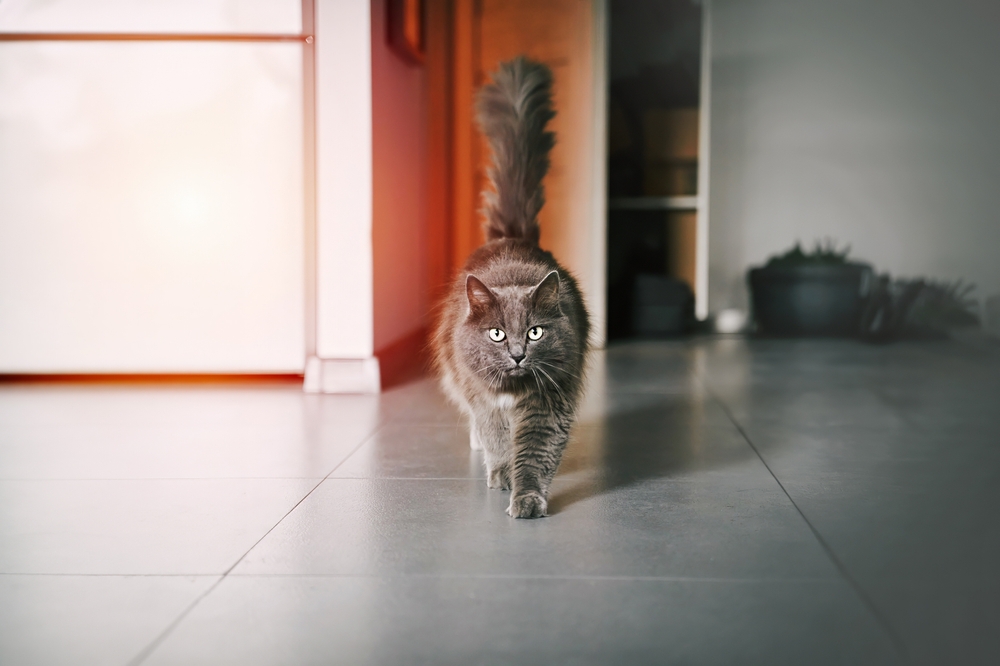
When a cat’s tail starts flicking back and forth, it usually means they’re irritated or annoyed. This motion can quickly escalate from a slow swish to a rapid flick, indicating rising frustration. If your cat’s tail is moving this way, giving it some space is a good idea. Tail flicking can be a warning, especially if petting or handling is involved, so respecting their signal keeps everyone happier.
2. Arching Their Back to Show a Mix of Fear and Defense

An arched back, especially with raised fur, is a classic feline display of fear and defensiveness. Cats take on this posture to appear larger when they feel threatened, like when confronted with a new pet or a loud noise. Understanding this body language helps you recognize that your cat is in protective mode. Allowing them a safe retreat lets them decompress and regain their calm.
3. Kneading with Their Paws as a Comforting Ritual
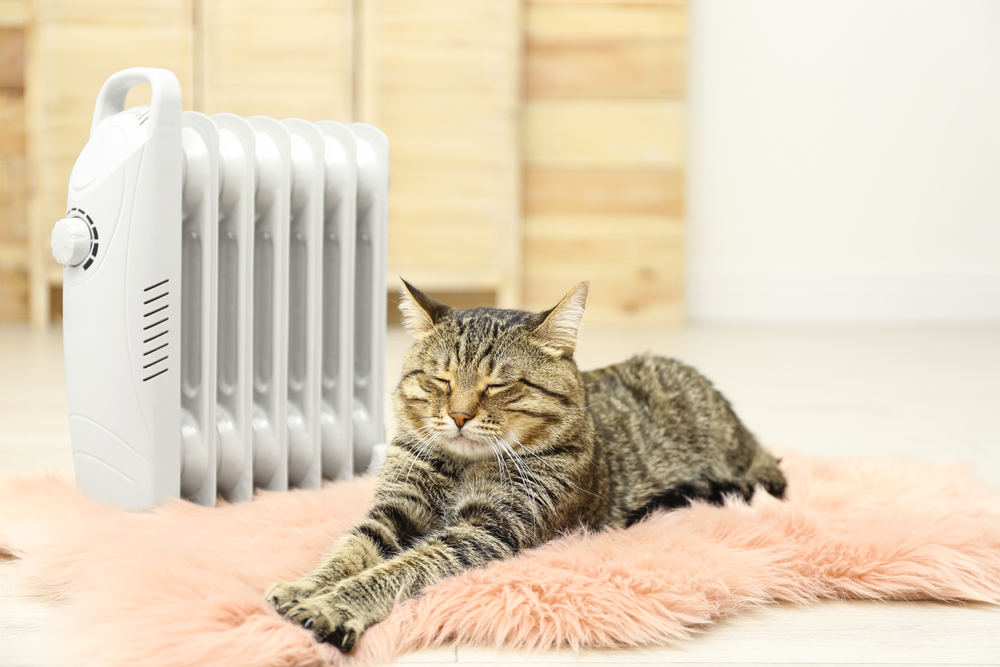
When your cat rhythmically presses their paws against your lap or a soft surface, they engage in a comforting ritual known as kneading. This behavior often stems from kittenhood when they kneaded their mother’s belly to stimulate milk flow. Kneading on you, as their human, shows trust and affection. It’s their way of saying they feel safe and content. Embrace this gesture—a warm sign of their bond with you.
4. Slow Blinking to Express Trust and Love
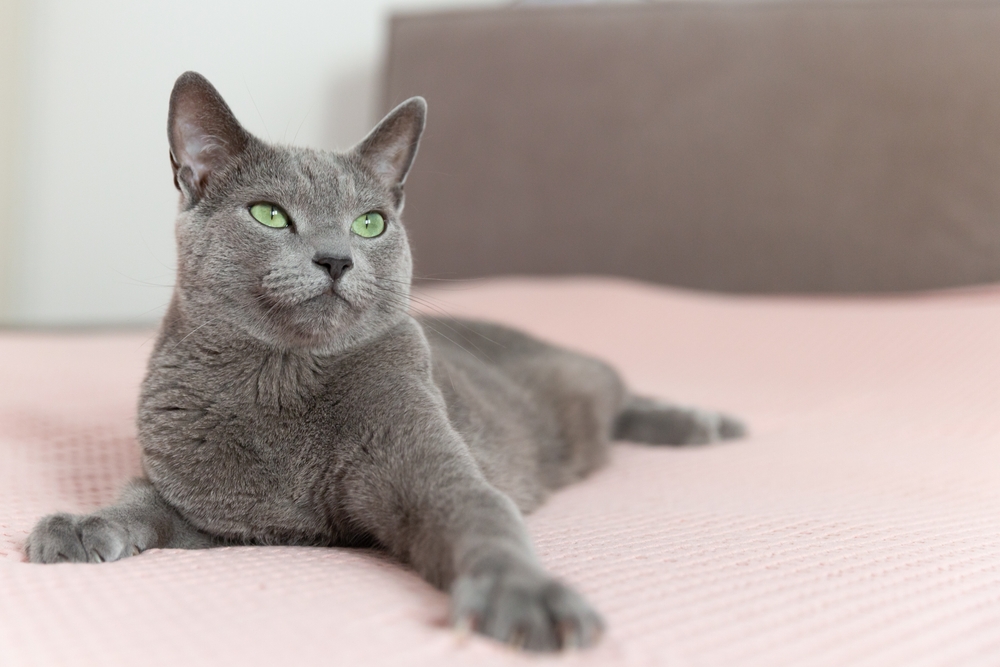
A cat’s slow blink is one of the most affectionate gestures they can offer. When they look at you and slowly close and open their eyes, they say they trust you and feel secure. Often called a “cat kiss,” this behavior invites you to reciprocate with your slow blink. It’s a beautiful, non-verbal way to connect with your feline and show them that the feeling is mutual.
5. Lying Belly-Up as a Sign of Vulnerability and Trust
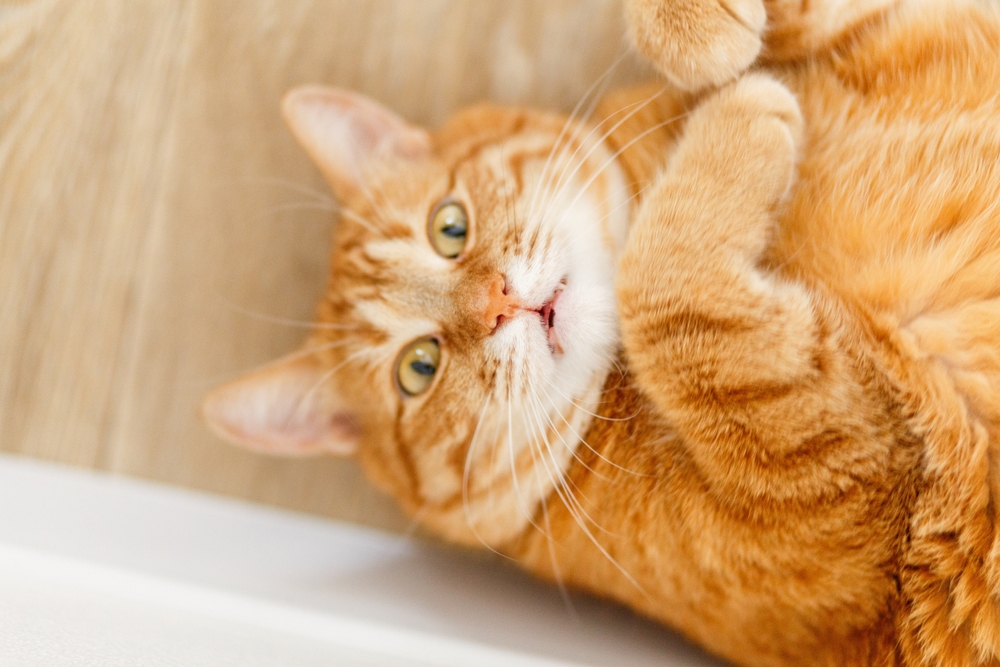
When your cat lies on their back and exposes their belly, it invites you to notice how relaxed and trusting they are. Although tempting, don’t always rush in for a belly rub; many cats feel exposed in this position and may react defensively. Instead, recognize it as a sign of ultimate trust. If they let you rub their belly, consider it a special privilege and proceed gently.
6. Ears Turned Back to Indicate Annoyance or Anxiety

If your cat’s ears are turned back or flattened against its head, it’s likely feeling anxious, annoyed, or even a bit fearful. This “airplane ear” posture is their way of tuning in to perceived threats while also signaling their discomfort. If you notice this gesture, give them space and assess their environment to see if anything is causing stress. Reducing the source of anxiety can help them feel safe again.
7. Tail Straight Up as a Friendly Greeting
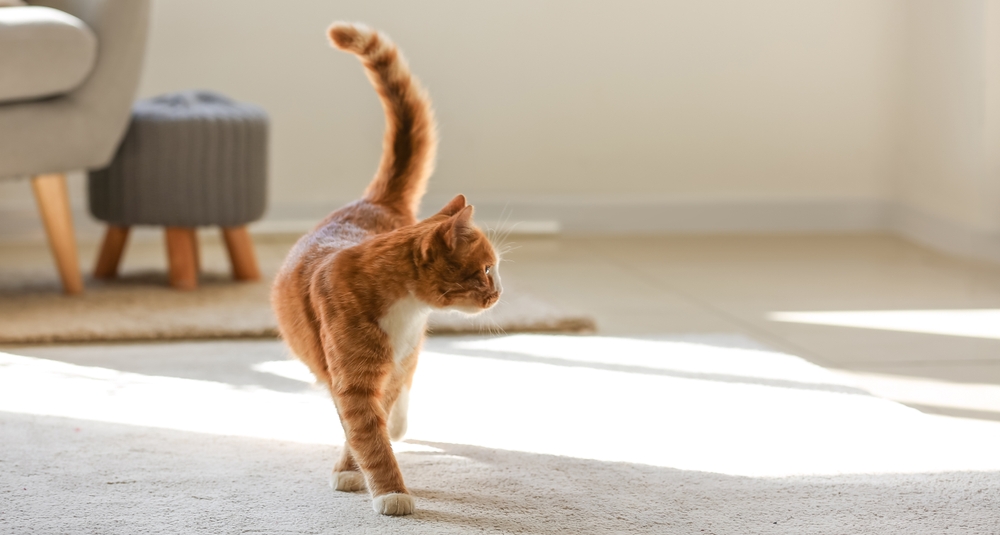
A tail held straight up, especially with a little quirk at the tip, is a friendly greeting in the feline world. This posture usually means your cat is happy to see you and is in a sociable mood. Cats use this “tail high” stance to signal confidence and approachability, so if you see it, feel free to approach them with gentle affection. It’s their way of saying, “I’m happy you’re here!”
8. Rubbing Against You to Mark Their Territory
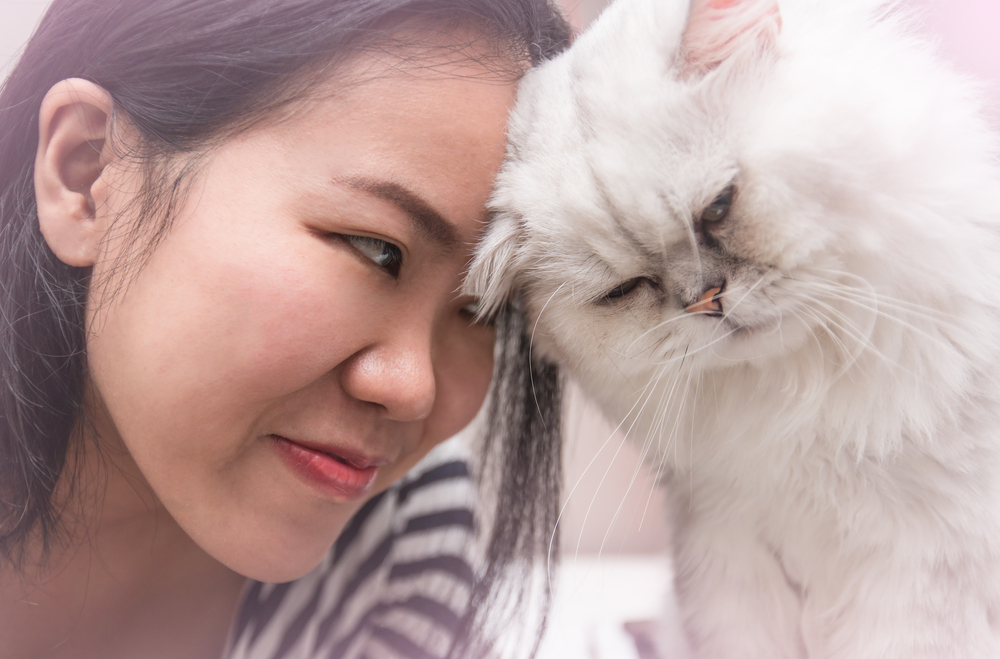
When your cat rubs their face, body, or even tail against you, they mark you with their scent. This behavior is known as “bunting” and is their way of claiming you as part of their territory. Cats have scent glands on their face and body, and rubbing against you leaves their personal mark. It’s a loving gesture of ownership and comfort that shows they view you as part of their world.
9. Puffed-Up Fur to Display Alertness or Fear
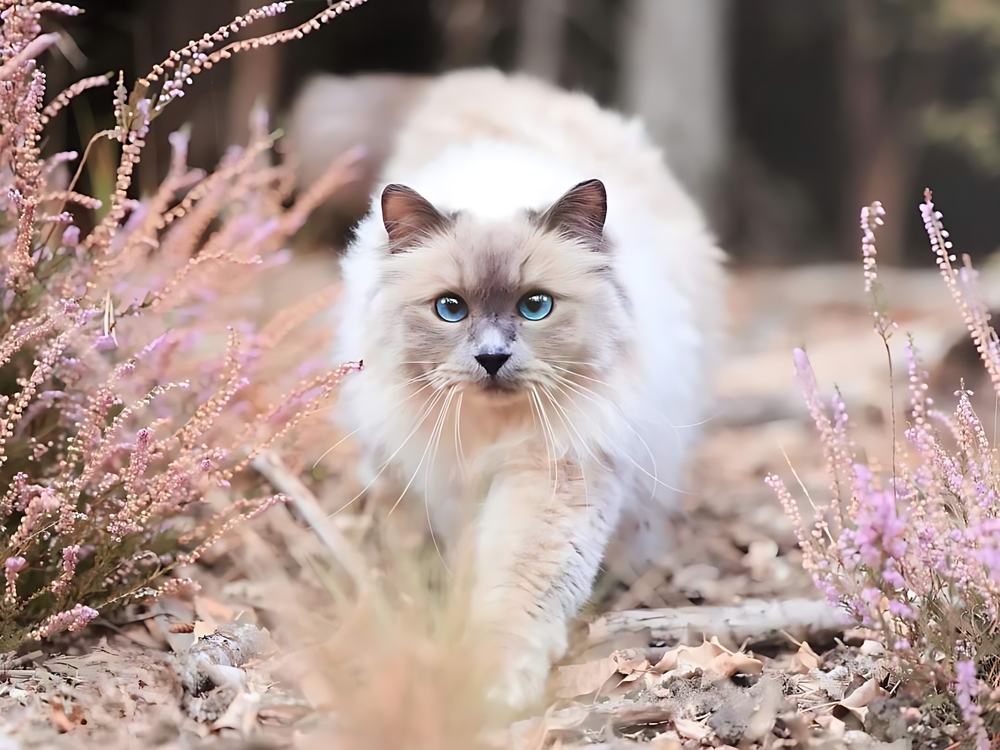
When a cat’s fur puffs up, it’s in high-alert mode. This is often a response to fear or surprise, like encountering an unfamiliar pet or hearing a sudden loud sound. The raised fur makes the cat look bigger and more intimidating, a survival strategy rooted in its wild instincts. If your cat’s fur is standing up, let it assess its environment and decide when it feels safe enough to relax.
10. Sitting with Tucked Paws as a Sign of Relaxation
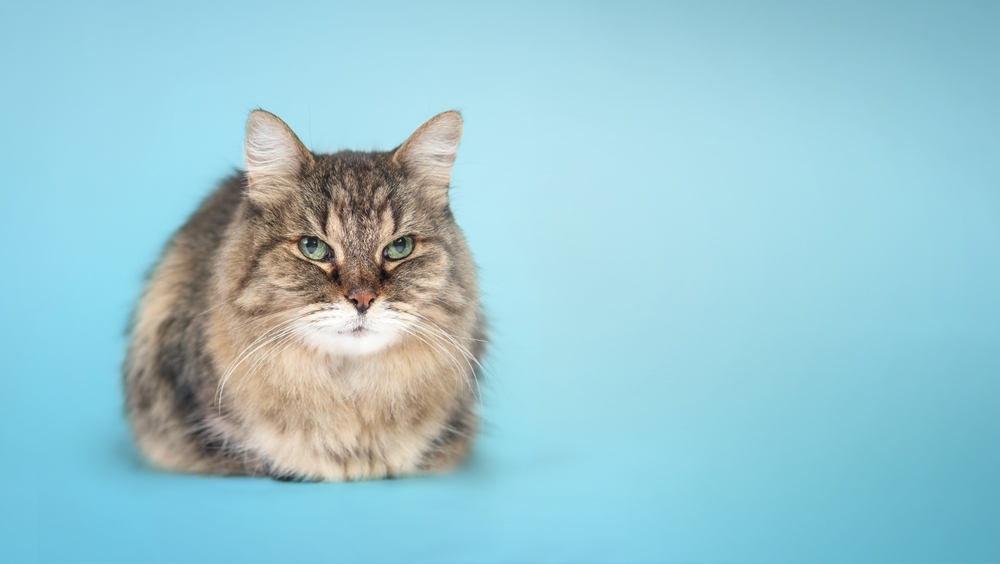
When your cat sits with their paws tucked neatly under them, they display a posture known as “the loaf.” This position indicates they’re comfortable and content and feel no immediate need to be on guard. A tucked-paws stance means they feel cozy and settled, often preparing for a nap. Seeing your cat in this position is a good sign that they feel secure in their environment.
